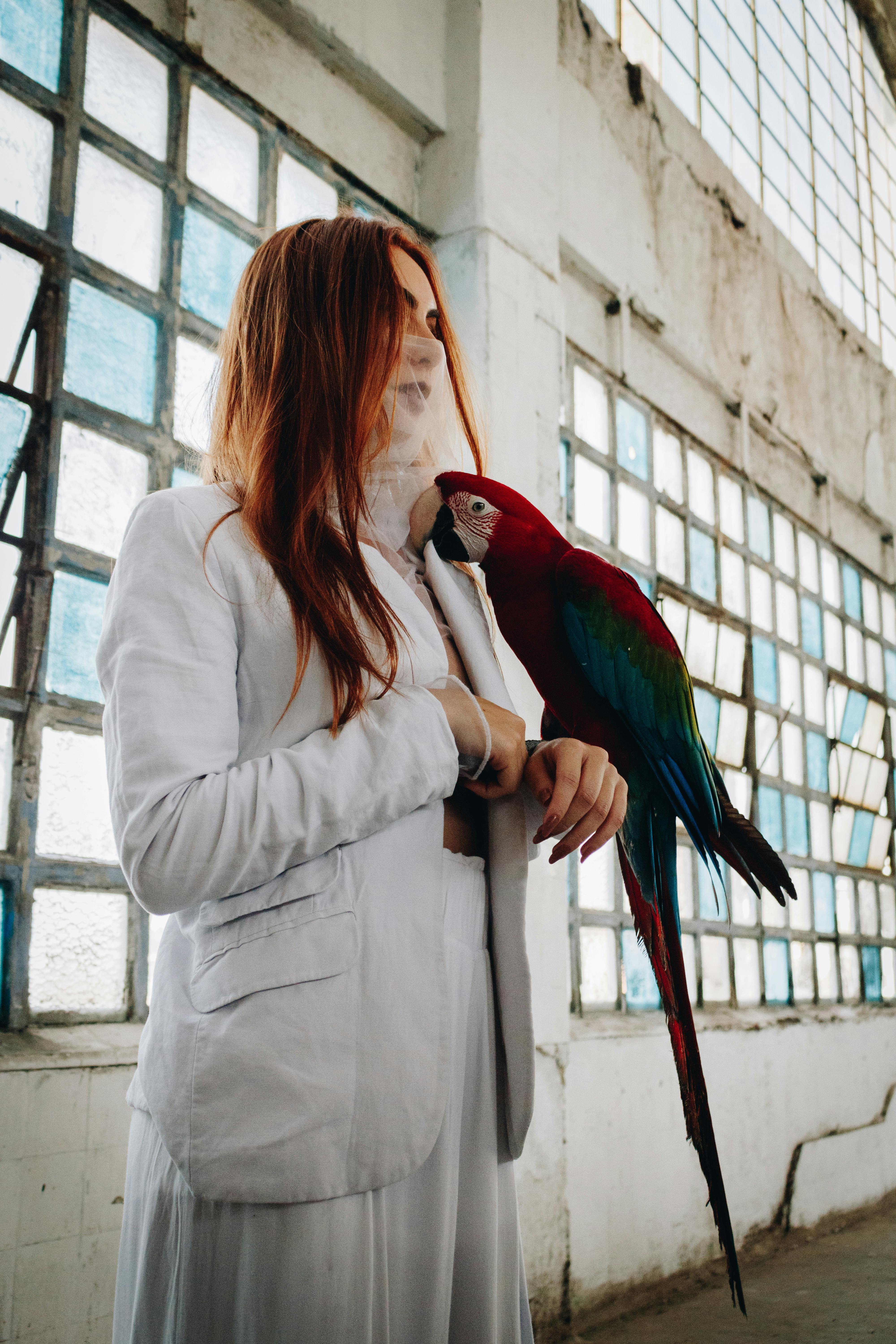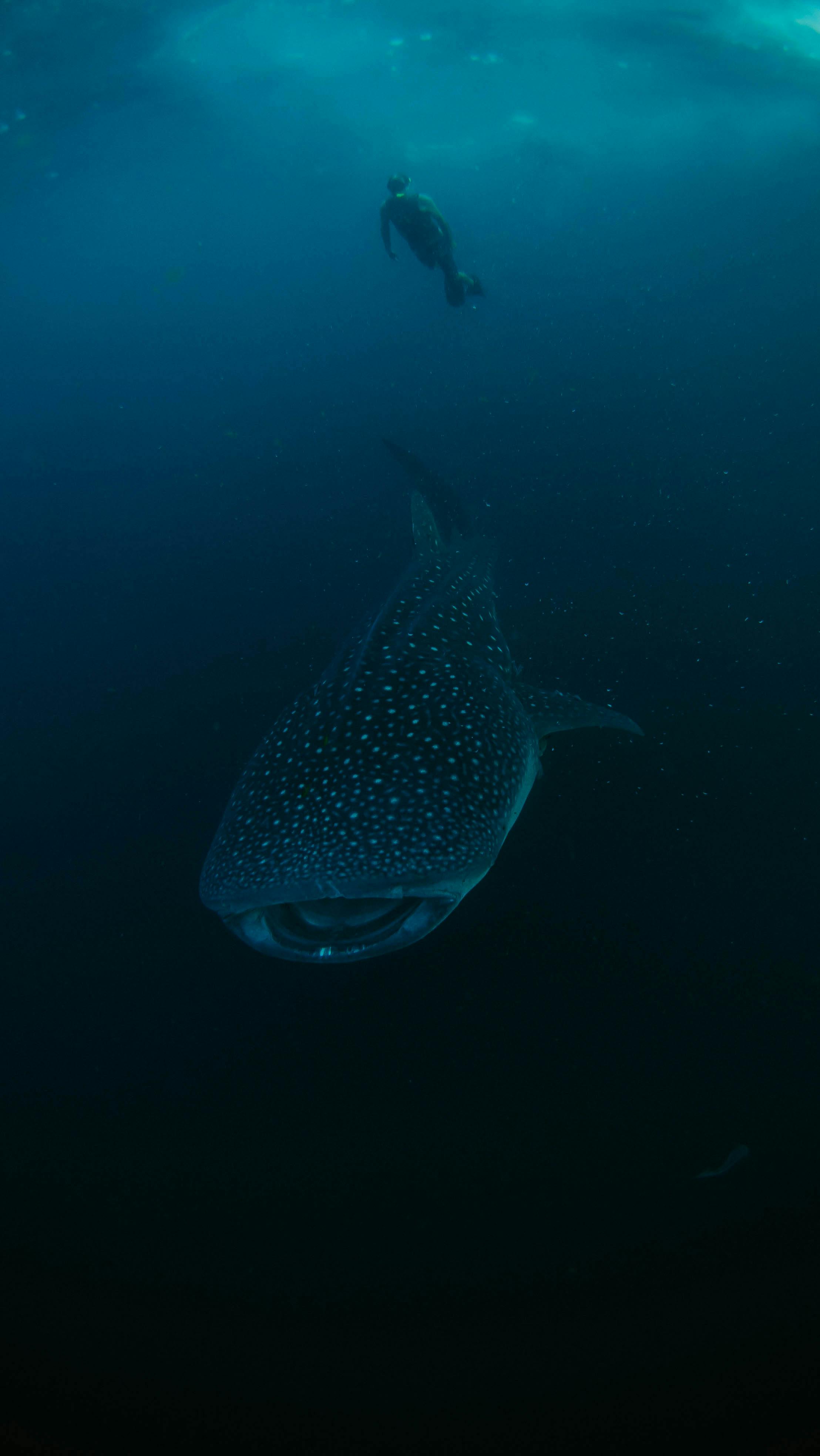
Effective Ways to Protect the Puerto Rican Parrot in 2025: Discover Proven Strategies
The Puerto Rican parrot, an endangered species, is a vibrant and vital part of Puerto Rico's natural heritage. With its stunning plumage and remarkable avian characteristics, this parrot symbolizes the rich biodiversity of the island's tropical rainforest. Yet, due to habitat loss and other environmental pressures, the population has drastically declined. In this article, we will explore effective conservation efforts aimed at protecting this rare bird, outlining proven strategies for habitat preservation, community involvement, and ecological education. By understanding the unique challenges faced by the Puerto Rican parrot and engaging in bird conservation strategies, we can foster appreciation and action towards protecting Puerto Rico’s wildlife.
Our discussion will cover several key areas: the significance of avian habitats, the role of breeding programs, community engagement in conservation, biodiversity conservation initiatives, and the importance of rigorous scientific research. Each section will provide actionable insights and examples of successful projects and policy implementations, paving the way for effective strategies to protect the Puerto Rican parrot.
As we navigate through these topics, we invite readers to consider the importance of environmental stewardship and the role of local communities in wildlife preservation. Understanding the ecological challenges and actively participating in conservation programs can have a profound impact on the recovery of the Puerto Rican parrot and contribute to the ecological balance of Puerto Rico, making it a thriving birdwatching destination and biodiversity hotspot.
Essential Strategies for Habitat Protection of the Puerto Rican Parrot
Protecting the habitat of the Puerto Rican parrot is crucial for its survival. The tropical ecosystems where these parrots thrive are vulnerable to various anthropogenic effects, including urban development and deforestation. Effective habitat protection strategies focus on preserving existing forests, restoring damaged habitats, and managing land use practices that affect avian habitats.
Importance of Natural Habitats in Conservation
The natural habitats of the Puerto Rican parrot provide essential resources such as food, nesting sites, and shelter. Understanding the dynamics of these habitats is critical in designing effective conservation strategies. Conservation practitioners should prioritize the establishment and maintenance of wildlife corridors to connect fragmented habitats, ensuring genetic diversity and population stability. Moreover, habitat assessments should be conducted regularly to evaluate habitat quality and the presence of ecological niches suited for the Puerto Rican parrot.
Implementing Legal and Environmental Policies
To successfully navigate the challenges posed by habitat loss, effective conservation efforts must include robust environmental policies. Federal regulations play a significant role in protecting endangered species like the Puerto Rican parrot. Legislation targeting habitat conservation, such as protections under the Endangered Species Act, can ensure that habitats critical to the species’ survival are safeguarded. Collaboration with wildlife officials and ornithological research groups can lead to the development of improved conservation policies that adapt to new ecological findings.
Restoration Projects for Ecological Health
Ecological restoration is an essential component of habitat protection strategies. Breeding programs that support the population recovery of the Puerto Rican parrot can significantly contribute to fulfilling conservation goals. These initiatives can be coupled with tree-planting efforts to restore native flora, providing vital food sources and nesting sites for the parrots. Collaborative projects engaging local communities in restoration activities foster awareness and active participation in the preservation of their natural heritage.
Community Engagement in Puerto Rican Parrot Conservation
Active community involvement is vital for the success of conservation efforts targeting the Puerto Rican parrot. Engaging local residents and fostering ecological awareness can lead to significant improvements in habitat protection and preservation efforts.
Environmental Education Initiatives
Educational programs aimed at promoting ecological awareness among local populations are essential. Workshops and outreach events can inform communities about the importance of biodiversity conservation and the role of the Puerto Rican parrot in the ecosystem. By introducing children and adults to the unique avifauna of Puerto Rico, we can cultivate a culture of conservation that values both endangered species and sustainable practices.
Volunteer Programs for Involvement
Community-driven volunteer programs can enhance habitat restoration efforts while encouraging civic responsibility. Initiatives such as tree-planting days and clean-up events raise community awareness while improving the ecological health of areas critical to the Puerto Rican parrot. Involving local schools in conservation and volunteer programs also provides valuable real-life experience in ecological stewardship and wildlife activism.
Public Awareness Campaigns
Harnessing the power of social media and community outreach to promote public awareness campaigns can increase engagement and support for conservation initiatives. Highlighting success stories, such as momentous rare bird sightings and effective species recovery efforts, can stimulate community interest. In addition, campaigns focusing on the ecological significance of the Puerto Rican parrot and its unique role in the tropical ecosystem can motivate local populations to partake in conservation strategies actively.
Research and Monitoring for Successful Conservation
Putting scientific research at the center of conservation strategies is essential for ensuring informed decisions that positively affect the Puerto Rican parrot's population recovery. Avian research allows us to track changes in population dynamics and assess the impacts of conservation measures.
Population Monitoring Techniques
Effective species monitoring is key to understanding the Puerto Rican parrot's population recovery. Employing biomonitoring techniques and field studies helps gather crucial data on breeding success, nesting behaviors, and migratory patterns. Wildlife officials and researchers can analyze this information to adapt conservation strategies as needed and address ecological challenges that threaten the parrot’s survival.
Partnerships for Scientific Collaboration
Collaborative research efforts with conservation biologists and ornithologists can enhance the effectiveness of avian population studies. These partnerships lend critical insights into habitat suitability, avian behavior, and food web dynamics, all of which inform effective conservation strategies. Engaging in science outreach further amplifies the impact of these collaborations by disseminating knowledge and fostering community involvement in ongoing research.
Adapting to Climate Impact
Understanding the potential climate impact on the Puerto Rican parrot is paramount for future conservation strategies. Climate adaptation practices help mitigate the adverse effects on weather and extreme events. Conservationists must consider the implications of changing migratory patterns and habitat use as climate shifts alter the ecological landscape. Integrating climate adaptation strategies into conservation policy can enhance the Puerto Rican parrot's resilience.
Encouraging Biodiversity Through Ecological Balance
A healthy ecosystem is vital for the survival of the Puerto Rican parrot. Promoting biodiversity not only benefits the parrot but also enhances overall ecosystem health.
Supporting Native Species Conservation
As an integral part of the island's natural environment, the Puerto Rican parrot relies on a diverse ecosystem that includes various native species. Ensuring the preservation of native flora and fauna through habitat conservation and restoration projects is essential to promoting a balanced ecological system.
Ecological Diversity and Avian Research
Conducting ongoing avian research contributes to our understanding of species interactions and ecological niches occupied by the Puerto Rican parrot. This informs management practices that enhance habitat quality and support avian diversity. By studying avifauna assessments and engaging in ecological monitoring, conservationists can address pressing biodiversity issues proactively.
Promoting Eco-Tourism as a Conservation Tool
Eco-tourism initiatives that highlight the significance of the Puerto Rican parrot can provide critical funding for conservation projects. By attracting birdwatching enthusiasts and promoting wildlife photography, these initiatives support economic development while fostering protections for natural habitats. Encouraging sustainable practices in tourism can help mitigate human impact on sensitive ecosystems, ultimately benefiting the Puerto Rican parrot and its habitats.
Q&A: Common Questions About Puerto Rican Parrot Conservation
What are the primary threats to the Puerto Rican parrot population?
The primary threats include habitat loss due to deforestation, competition with non-native species, and challenges posed by climate change impacting breeding sites and food availability.
How does community involvement impact conservation efforts for the Puerto Rican parrot?
Community involvement enhances conservation success by fostering local stewardship, increasing awareness, and driving participation in habitat restoration and educational initiatives.
What role does research play in the recovery of the Puerto Rican parrot?
Research helps track population dynamics, assess habitat health, and inform effective conservation strategies, enabling targeted actions to ensure the parrot's long-term survival.

How can individuals contribute to conservation efforts?
Individuals can engage in volunteer programs, participate in educational initiatives, and support local conservation organizations working to protect the Puerto Rican parrot and its habitat.
What are the benefits of saving the Puerto Rican parrot?
Preserving the Puerto Rican parrot contributes to ecological balance, supports biodiversity, provides educational opportunities, and reinforces the importance of conservation efforts for future generations.

For further reading on related topics, consider visiting this link for insights on avian habitats or this link for an overview of wildlife preservation strategies.